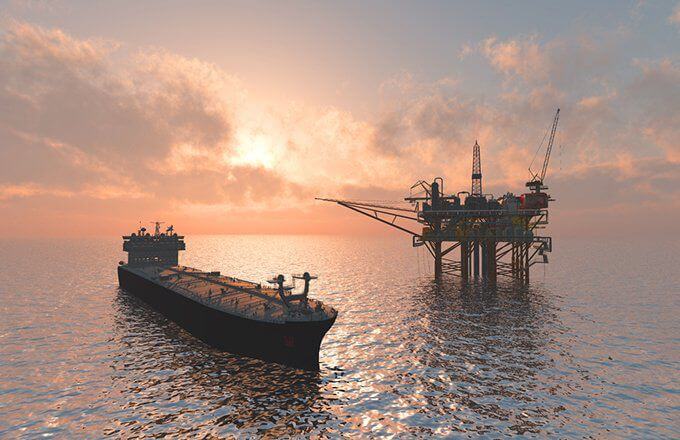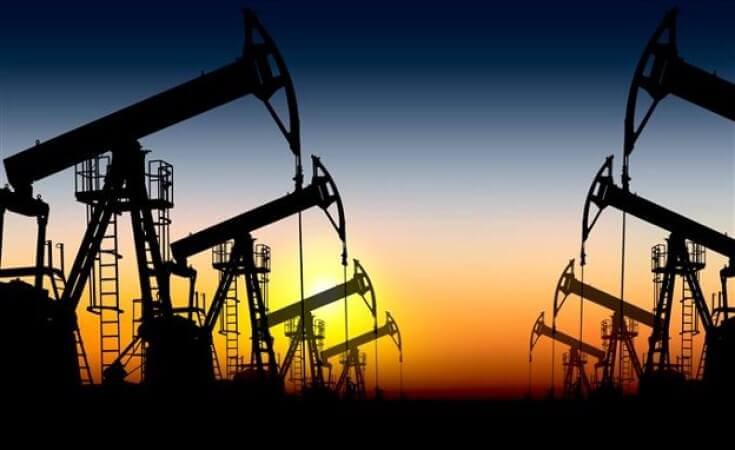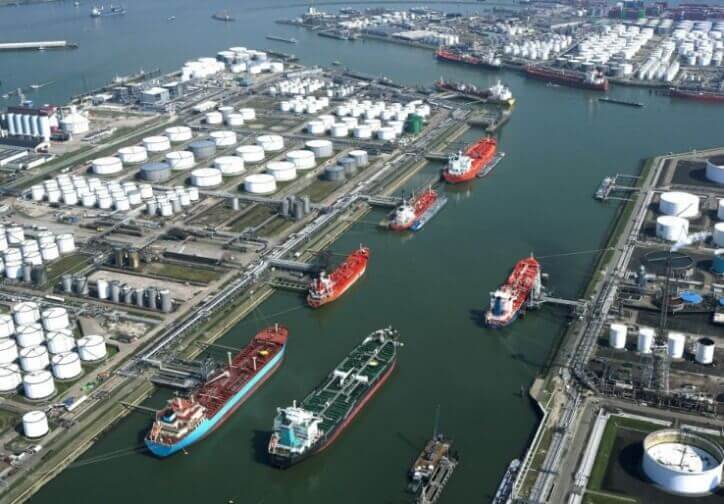The Shipping Oil Era is Coming to an End

20 January 2023
The worlds largest water shipment has been running on crude for almost a century. Over five million barrels are used daily by the 50,000 ships that navigate the high seas, which is not much less than what aeroplanes use. A ship’s engine burns about one-quarter of the oil that is consumed. But these times might be going to expire. This is due to the fact that the greatest and most fundamental transformation that has ever occurred to commercial ships since the final years of coal-powered steamships is about to occur. The shipping sector is going to undergo a radical shift as a result of regulations and standards being quietly negotiated by the UN’s International Maritime Organization (IMO).
The primary forces driving today’s decarbonization are new innovative energy technologies for power plants and automobile engines. Currently, it does not appear like shipping is experiencing that. But even so, we might be at a turning point. The IMO is getting ready to take action to lessen its carbon footprint in the shipping industry after decades of opposition. By the end of the decade, it hopes to reduce emissions intensity to levels that are roughly 40% lower than those of 2008, and by 2050, it wants carbon pollution to be half what it was in 2008.

All vessels will be required to reveal their emissions starting in 2023, and if they have been performing poorly, they must also report their improvement plans. The maritime sector is conservative, and the IMO is frequently controlled by the sector it has been governing. According to what shipowners do for cost management, the regulations are essentially voluntary. The simplest solutions, including slowing down the speed of the ships on open waters and routinely cleaning the hulls, will make some of the biggest impacts.
Even so, there are several overlapping innovations that are revolutionising the way that ships are fueled. Heavy fuel oil (HFO), a refinery waste that costs almost a third less than crude, was used to power all ships three years ago. HFO is toxic but cheap. It contains a lot of sulphur, which is bad for the environment. At the beginning of 2020, the IMO strengthened regulations on sulphur emissions, requiring any vessel that was unable to instal pollution-control systems to switch over immediately to cleaner diesel. It’s equally possible that decision was the cause of a number of more significant issues in the oil market. It quickly increased the market’s daily demand for diesel from the current 27 million barrels to over a million barrels.

The difference between low-sulfur diesel and high-sulfur fuel oil has significantly expanded as freight rates have returned to normal over the past few months and fuel prices rather than port-specific delays have taken over as the problem for cargo lines. HFO and diesel are now typically more than twice as expensive. Ship owners are now converting to eco-friendly substitutes as a result of increased expenses to power fleets. The success so far has been LNG, which until recently was unknown as a naval fuel yet normally provides energy at a price far cheaper than diesel. According to a study done in 2021, over 98% of car carriers now on order are LNG fueled, along with about 49% of cruise ships, 32% of bulk carriers, 26% of container boats, and 28% of tankers. According to a top provider of shipping data services, 63% of the load of the new ships scheduled in 2022 or 444 ships will be powered by alternative fuels.
In terms of emissions, LNG’s monopoly is not a big victory. Although it has a lower carbon footprint than products that use crude oil, the performance may suffer if the gas escapes without being burned a problem that affects most marine engines. But when diesel prices rise, other fuels become even more desirable. According to a presentation submitted to the IMO in October, methanol is produced from natural gas, and a ratio of 30 to 70 percent diesel and biofuel is cost-competitive with low-sulfur fuel oil. The vessel owners with the largest fleets stand a chance of passing the costs on, enhancing their position. By using IMO to enforce market unity and, at the same time, punish free riders. The largest container line, AP Moller-Maersk A/S, has resisted from switching to LNG-fueled ships because it present in various certain that the shipping sector would switch to zero-carbon fuels. According to reports, the IMO decided to include a carbon price in the future emission-reduction measures in May 2022.
Click here to join our Telegram chanel
You will get information, news, and support related to Merchant Navy.
